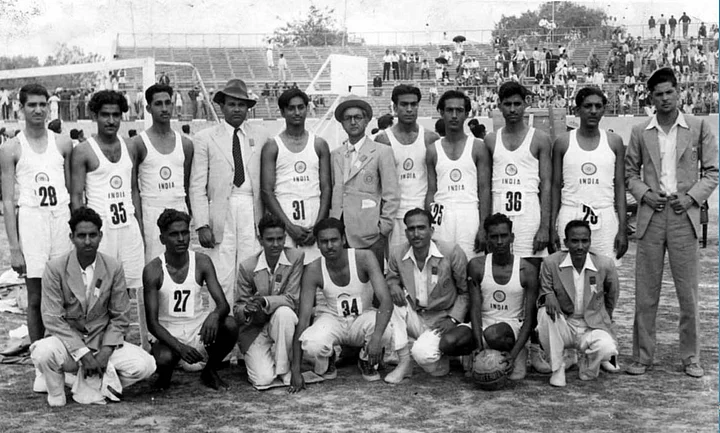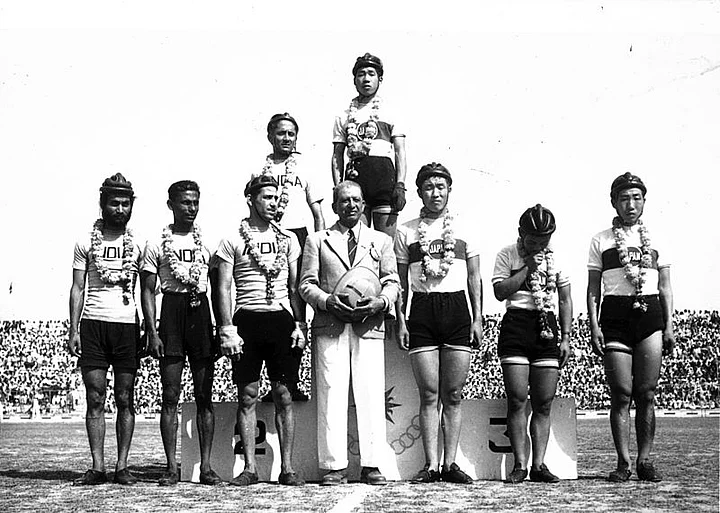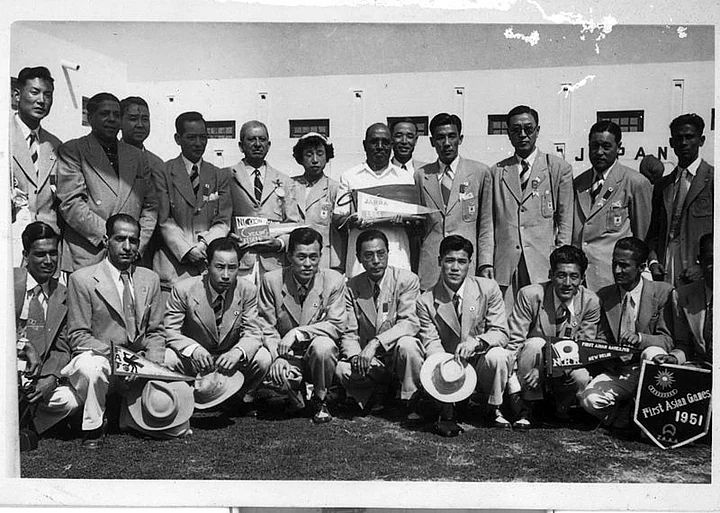The first-ever Asian Games began in New Delhi on 4 March 1951 – more than 60 years ago. Eleven countries participated in the weeklong event, and a total of 489 athletes competed in 57 events in eight sports and disciplines. But how did an infant India pull off such a feat, only four years after independence and six after the devastating World War II?
It couldn’t have been easy. With the refugee crisis created by the Partition and the recently deceased Mahatma Gandhi’s directive to Prime Minister Jawaharlal Nehru to financially aid Pakistan, the Indian economy, newly independent, was in a extremely tight spot.
It was this image that Nehru wanted to dispel. He wanted to announce to the world the resurgence of an independent India, positioning the country at the centre of a new Asian federation; and, he wanted to announce it on an Olympian scale.
The Idea of A Unified Asia
Nationalist India was keen on the idea of a unified Asia. By the 1920s, the Indian government had proposed and passed a resolution for an Asian Federation with itself as the leader. The end of World War II and the rapid process of decolonisation, immediately after, gave India what it saw as an opportunity to stitch together an Asian federation, deeply steeped in Nehruvian internationalist ideals.
In fact, the idea for the Asian Games was on the table even before India’s independence. In March 1947, Nehru held the Asian Relations Conference in New Delhi where Professor G D Sondhi, a sports administrator from Lahore, proposed the idea of an ‘Asian Games’ to the twenty-five attending countries.
Sondhi, a Punjabi from Lahore who was then a member of the International Olympic Committee, pursued this idea at the London Olympics in 1948. He pitched the idea of an Asian Games Federation to thirteen Asian countries; it was decided that they would hold the Games every four years, with the first one in India. It was decided that the first Asian Games will be held in New Delhi in 1950.
What was the greatest moment in Indian sport? [...] There was never an occasion to beat that of March 4 1951. On that historic day for the sport of India – indeed for the sport of Asia, even the world – the first Asian Games were opened... It was Asia marching ever nearer to the great Olympic ideal of ‘Citius, Altius, Fortius’ – faster, higher, stronger.Anthony de Mello, Portrait of Indian Sport, 1951
Easier Said Than Done
To put it simply, the government of India could afford to give no aid to the Games. The country was still reeling from the aftermath of Partition. There was neither a sports ministry nor any money to institute one.
Such was the state of affairs during the preparation of the Games that the inauguration had to be shifted from February 1950 to November 1950 and then finally, to March 1951.
Invitations went out in 1949 but Delhi was nowhere close to ready. The National Stadium was still undergoing repairs. Critical infrastructure, such as cinder blocks for athletics, was unavailable. Even the persistent Sondhi gave up on his dreams of a pan-Asian Games in April 1950, convinced that it would never take off.
In The Nick of Time
Enter Anthony de Mello, who was then the founding member and President of the Board of Control for Cricket in India (BCCI). He had designed the National Stadium in 1933, which was to be used for all events for the Games in 1951.
So, he went to NGOs – two Bombay-based clubs. The National Sports Club of India (NSCI) gave him a loan of Rs 1 lakh for the Asiad, and the important Cricket Club of India contributed a significant amount of seed money.
Another thing de Mello did was to institute the first 18-member organising committee for the Games, with powerful and resourceful people from across industries. Headed by the Maharaja of Patiala, Yadavindra Singh, and under the directorship of de Mello himself, the committee included senior civil servants, royalty, the Chief of Army Staff, a major general and big industrialists and builders.
Which is perhaps what makes the Asian Games of 1951 most iconic: they weren’t put together by Nehru’s government but by a group of individuals – sports administrators, policy makers, NGOs and rich patrons – all eager to paint a stroke in the picture of independent India.
Putting in Place the Infrastructure
The Irwin Amphitheatre, a multi-purpose sports complex near Purana Quila, was renamed National Stadium ahead of the games. Built originally to accommodate 25,000 people, the stadium was renovated and upgraded to hold at least 40,000 spectators for the opening ceremony, with a cycling and athletics track, a main grass field and eight entrance tunnels.
All events were held in that one stadium, with the exception of swimming and water polo, which were held in a pool adjacent to the stadium within the same complex, built by NSCI.
Till mid-1950, there was no concrete plan for an athletes’ village with few hotels open in Delhi to accommodate the almost 1,000 foreign athletes, along with their trainers, managers and officials. This is where De Mello’s team came in use.
General KM Cariappa, Chief of Army Staff, procured two army buildings flanking the stadium. These were turned into a self-contained international village within months.
India’s Performance
With 15 gold medals and 51 total medals, India stood second in the final medal tally (after Japan) amongst the eight participating nations. Japan, although not invited to the meetings in London (1948) or Patiala House (1949), was invited to these Games and sent in a 72-member strong delegation, which won 24 gold medals.
And some of the stories of Indian sportsmen’s exploits became legend. India won the gold– playing barefoot– after a close football final with Asian heavyweights Iran, which revived the sport in the country. India’s Lavy Pinto became the only participant to win gold medals in multiple sprints (athletics). And Parimal Roy was awarded ‘Mr Asia 1951’ for the best physique.
If the goal was to be noticed by the world and Asia, it was achieved. And that too at a time when the very Constitution for the country was still in the works.
The motto of the Asian Games Federation, in Nehru’s words, “Ever Onwards,” then succinctly captures how an infant India hosted a sporting event that has come to be known as the mini-Olympics.
- 01/03Independent India’s first basketball team. (Photo Courtesy: Hoopistani Blog)

- 02/03Indian cyclists after their medal win. (Photo Courtesy: Wikipedia Commons)

- 03/03The Indian and Japanese cycling teams together. (Photo Courtesy: Wikipedia Commons)

The magic is yours (of our supreme captain) and I did my humble bit to make that magic work and be seen by Asia. You have certainly made New Delhi the capital of Asia. The young athletes of Asia have now all returned to their homes and countries. They were magnetised by your interest in them in their village.Excerpt from Anthony de Mello’s letter to Nehru after the Games
(At The Quint, we question everything. Play an active role in shaping our journalism by becoming a member today.)



